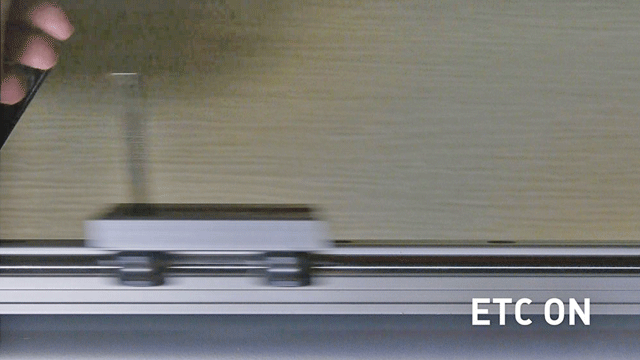
It allows to keep PV going, with more focus towards AI, but keeping be one of the few truly independent places.
-
No problem mate :)
-
@ChainsawFilms you'd (theoretically) have identical "slants" in both normal and ETC
Please see the 720p grabs. The ETC and non-ETC slants are the same.
Please take a look at my drawings of the angle of skew grabbed from your truck shoot. As you say, the 1080 shots at 24 fps are a bit too blurred to extrapolate a true angle. - yet I've had a go at it anyway. Do you really want to bother trying 1080 again?
Thanks for your work.
As Jamie says, to Adam, "Yes, I think we can say, 'This myth is busted."

 busted.png275 x 183 - 76K
busted.png275 x 183 - 76K -
@Roberto. Busted? Actually not, unless you provide us a proof that all the trucks moved AT THE SAME SPEED. This might be just speed fluctuation. A scientific test requires panning two GH2s hard mounted on top one another, one in normal the other in ETC mode against a vertical line. Or you shoot with one GH2 twice but you have an object that moves at a fixed speed (a toy train for instance). The basic point is that only angles measured at the same speed of camera/object interaction are relevant. Which is unfortunately not the case with your test.
-
Same again. The more of us testing this, the better.
-
Cleared. Please keep talk in constructive tones.
-
Here's the test I made. The idea is fairy simple. I fixed a slider with metal roller wheels truck against the bar of the shelving unit. The truck has holes with thread where I fixed a long enough bolt.

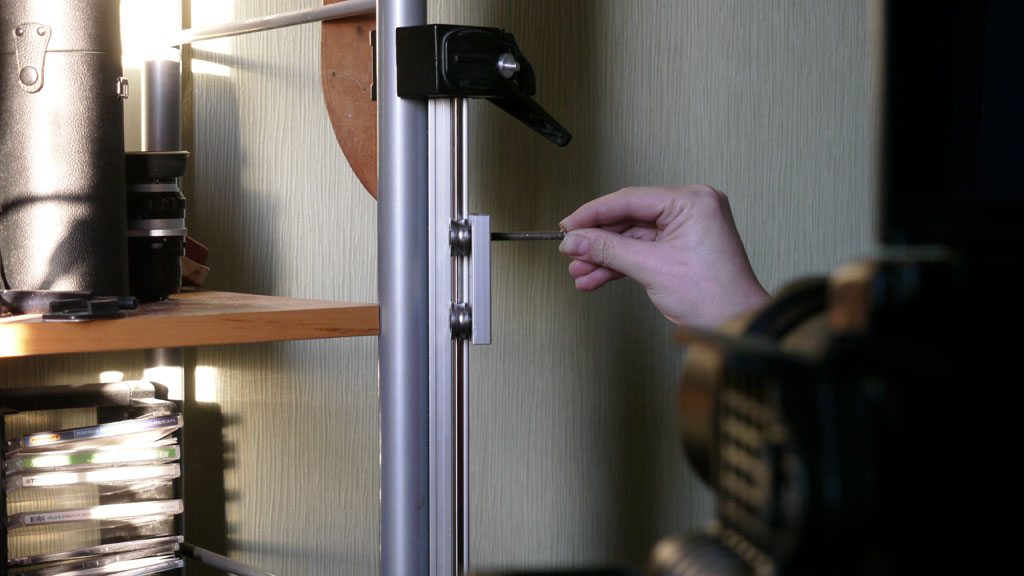
Same exposure ISO 640, F/4.5, 1/100 in both shots. I made dozens of attempts to be sure that I can catch the frames with the truck position as close as possible. Remember this is free falling, so it's essential. I also chose the beginning of the fall frames where acceleration is low. I missed the focus in ETC off attempt, but it doesn't matter for this test methodology.
No need to measure angles, it is CLEARLY visible that ETC mode suffers less from rolling shutter skew.
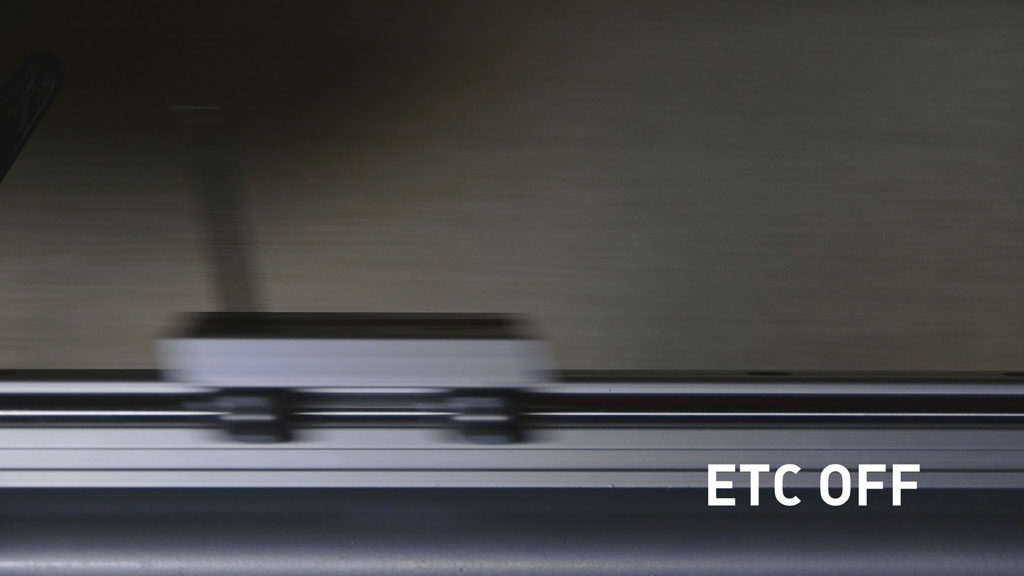
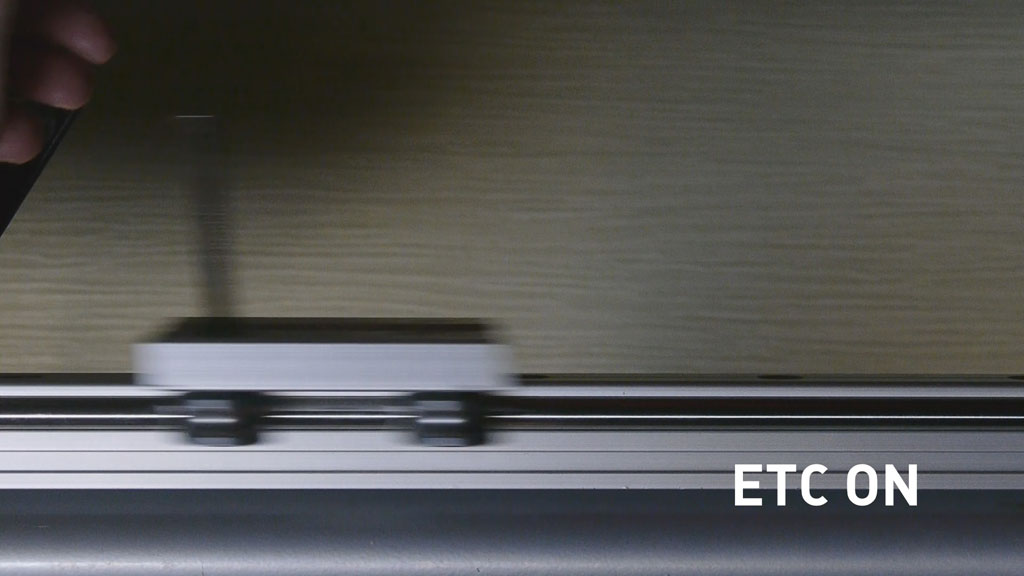
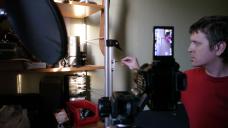
 testing-rig1.jpg1024 x 576 - 80K
testing-rig1.jpg1024 x 576 - 80K
 testing-rig2.jpg1024 x 576 - 83K
testing-rig2.jpg1024 x 576 - 83K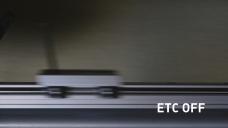
 etc off.jpg1920 x 1080 - 313K
etc off.jpg1920 x 1080 - 313K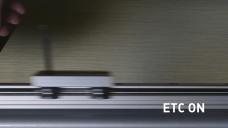
 etc on.jpg1920 x 1080 - 462K
etc on.jpg1920 x 1080 - 462K
 etc-off-small.jpg1024 x 576 - 42K
etc-off-small.jpg1024 x 576 - 42K
 etc-on-small.jpg1024 x 576 - 62K
etc-on-small.jpg1024 x 576 - 62K -
Gravity is a pretty reliable constant velocity.. good test, ETC looks like less skew to me.
-
http://www.imaging-resource.com/PRODS/DMCGH2/DMCGH2A6.HTM says GH2 shutter lag time for "Prefocused" is .068s or 1/15s where E-M5 shutter lag is only .025s or 1/40s.
That's mechanical shutter lag time. Prolly electronic shutter lag or sensor readout speed is much faster.
-
zigizigi, your results will be more accurate if tested near the bottom of the fall, not the top. Under constant acceleration due to gravity, change in velocity with respect to change in time is constant, which means that change in velocity with respect to change in position is minimized when the velocity is maximized. Accounting for wind resistance, change in velocity with respect to change in time or change in position is also lower when the velocity is higher.
Using a faster shutter speed will give a clearer image without changing the magnitude of the rolling shutter skew.
-
Thanks for taking the time to contribute. I have flipped your pics horizontally for consistency and done my best to get the correct angle on a short, blurry object.
I realize the speed is not consistent, but your approach is innovative and adds to the sample size.
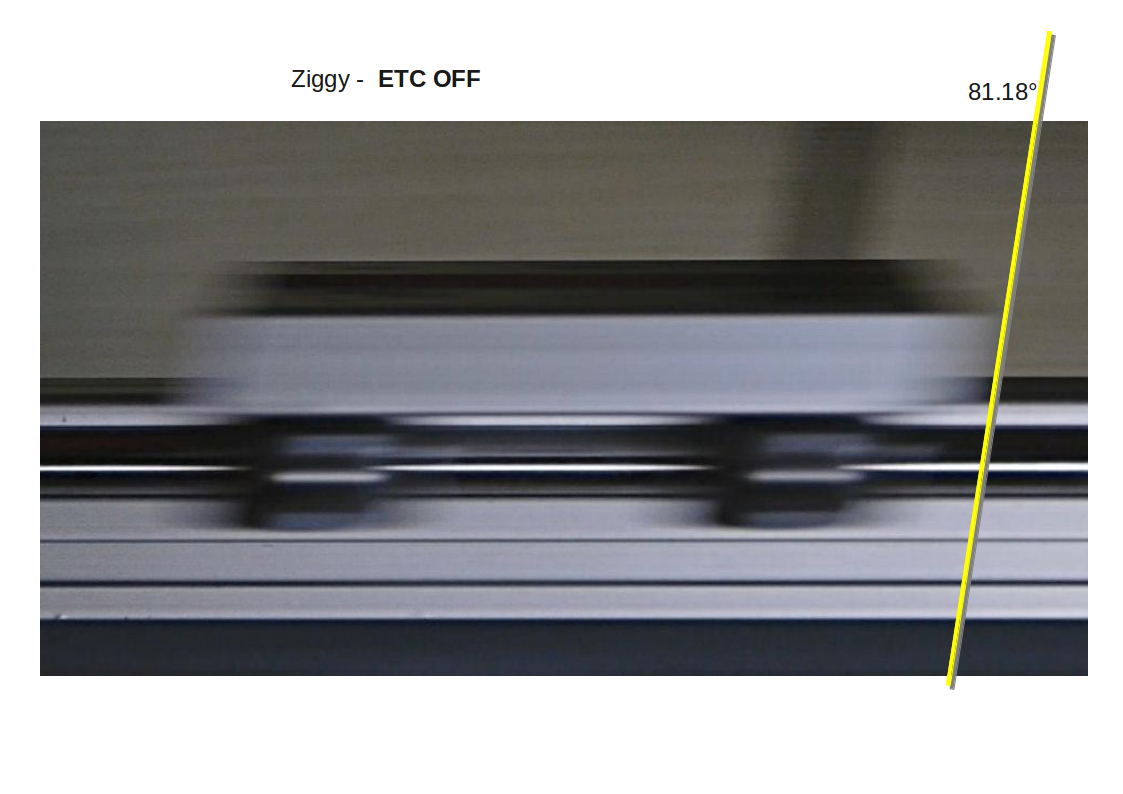
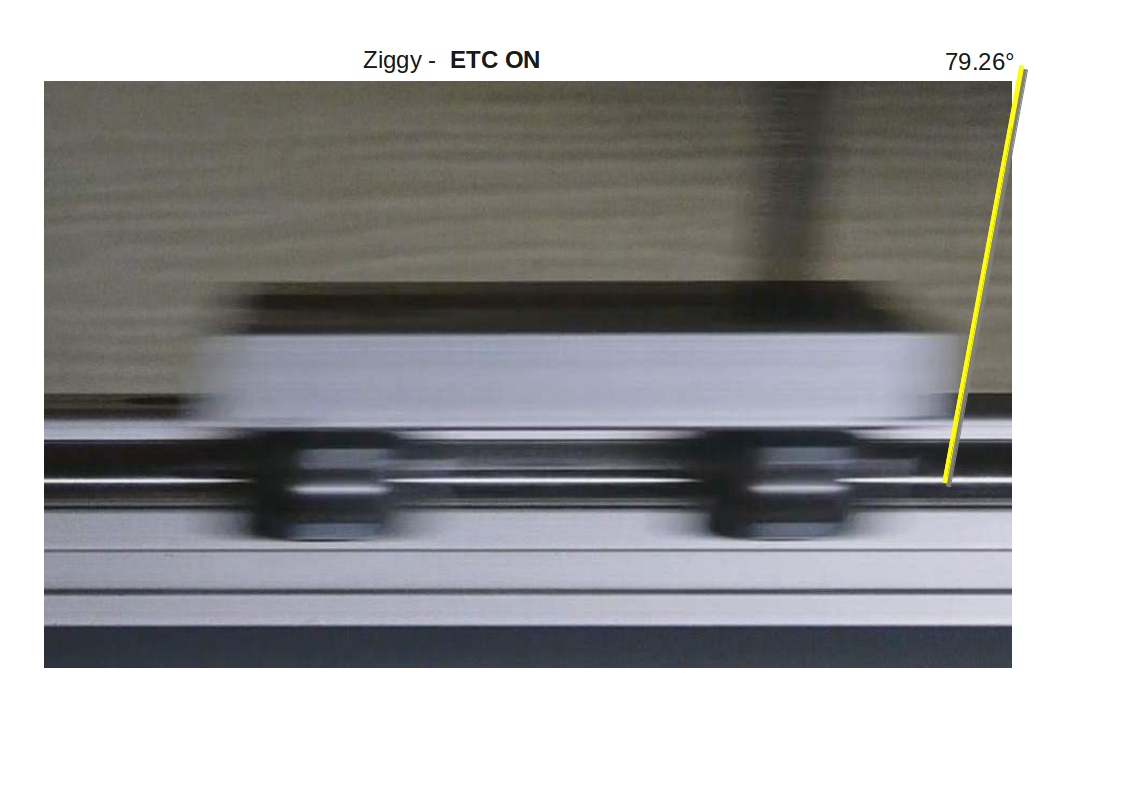

 etcoff_1.png1123 x 794 - 487K
etcoff_1.png1123 x 794 - 487K
 etcON2.png1123 x 794 - 444K
etcON2.png1123 x 794 - 444K -
*Roberto, what were you saying about perception earlier in the thread? :-) *
I hope you're not trying to prove your own guesswork, but assuming your question is straightforward, human visual perception is both:
1) Astonishingly able to see things in microseconds, and...
2) Disappointingly easily fooled by preconceptions.
-
I am personally determined to apply the best science here. The paint is drying on my rotating-cylinder system and I hope to use it on both jello and shutter tests.
As scientists, we must be perfectly at ease with a state of uncertainty. As individuals, we feel a pressing need for closure.
We all have to suppress our desire to see any particular outcome. It's not a football-match. I hope we don't see any more "science by mob rule" here, or "science by vote".
I was prepared to stop experimenting here because until @ziggiziggi most comments were at best, unsubstantiated by any experiment or at worst, gratuitous. Now I'm enthused to see what's happening. I just can't believe it all hasn't been done before by Panasonic.
-
Here are the stills from your animated GIF. As you say, ETC shows a couple of degrees less skew. It's good to have this. However, there is more motion blur in one than the other and that's not something we should be happy about. You'll probably continue to have some problem with velocity variation using along with the simultaneous difficulty of the GH2 grabbing a frame at the same point. However, more samples are good. For consistency I've done the angles again, maybe more precise this time. [Edit 6 May] Have corrected Image 2 (ETC ON), sorry, I'd forgotten to switch the angle line to the rear after the horizontal flip. See corrected image ETC ON as #3]
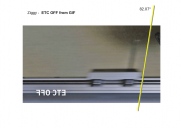
 FromGIFF_ETC_OFF.PNG1123 x 794 - 582K
FromGIFF_ETC_OFF.PNG1123 x 794 - 582K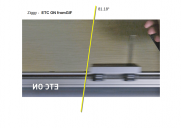
 FromGIFF_ETC_ON.PNG1123 x 794 - 637K
FromGIFF_ETC_ON.PNG1123 x 794 - 637K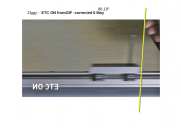
 FromGIFF_ETC_ON-Corrected6May.png1123 x 794 - 639K
FromGIFF_ETC_ON-Corrected6May.png1123 x 794 - 639K -
What made you think I have a theory? I use Libre Office Draw (Linux). As I said, I'm doing my best with blurry samples. I often return to the drawing and find I need to make another adjustment, only to return to the same place. I find that the contrasty yellow line completely obscures the blurry pictures next to it. However, removing the angle-line reveals what is, after all, a definite edge to the skew in the photo. I often seem to place the vector angle line back where it was anyway. I am now trying to offset the vector line to one side of the picture so as to invite scrutiny. Please try it yourself and compare.
But I see what you're saying. It would be best if @zigizigi 's pics were posted unlabelled as some semblance of true double-blind practices. Like this:
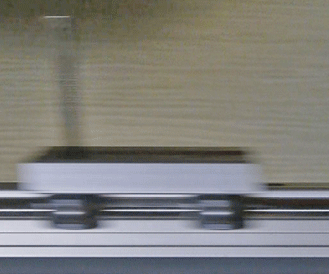 (Is it just me, or do these look like different camera angles?)
(Is it just me, or do these look like different camera angles?)
 ONOFF_CU.gif329 x 274 - 97K
ONOFF_CU.gif329 x 274 - 97K -
One more thing: I'm now calibrating my spinning barrel using a household incandescent light at 50hz. I will be shooting tests in non-strobing daylight and I think that would be a good idea for all of us.
I hate to bring this up again, but there's a very good case for some experiments with higher frame rates or shutter speeds. At present we're seeing jello skew which then gets motion-blurred and it's hard to tell the two apart.
-
I disagree Roberto, I'd much prefer to see the camera tested in the mode we'll use it in. Who knows what witchery that might be introduced in extreme framerates. This is why I was also against noise tests done with the lens cap on. The guy who did that eventually repudiated his own findings based on more thorough real word testing.
Howdy, Stranger!
It looks like you're new here. If you want to get involved, click one of these buttons!
Categories
- Topics List23,991
- Blog5,725
- General and News1,353
- Hacks and Patches1,153
- ↳ Top Settings33
- ↳ Beginners256
- ↳ Archives402
- ↳ Hacks News and Development56
- Cameras2,367
- ↳ Panasonic995
- ↳ Canon118
- ↳ Sony156
- ↳ Nikon96
- ↳ Pentax and Samsung70
- ↳ Olympus and Fujifilm101
- ↳ Compacts and Camcorders300
- ↳ Smartphones for video97
- ↳ Pro Video Cameras191
- ↳ BlackMagic and other raw cameras116
- Skill1,960
- ↳ Business and distribution66
- ↳ Preparation, scripts and legal38
- ↳ Art149
- ↳ Import, Convert, Exporting291
- ↳ Editors191
- ↳ Effects and stunts115
- ↳ Color grading197
- ↳ Sound and Music280
- ↳ Lighting96
- ↳ Software and storage tips266
- Gear5,420
- ↳ Filters, Adapters, Matte boxes344
- ↳ Lenses1,582
- ↳ Follow focus and gears93
- ↳ Sound499
- ↳ Lighting gear314
- ↳ Camera movement230
- ↳ Gimbals and copters302
- ↳ Rigs and related stuff273
- ↳ Power solutions83
- ↳ Monitors and viewfinders340
- ↳ Tripods and fluid heads139
- ↳ Storage286
- ↳ Computers and studio gear560
- ↳ VR and 3D248
- Showcase1,859
- Marketplace2,834
- Offtopic1,320








